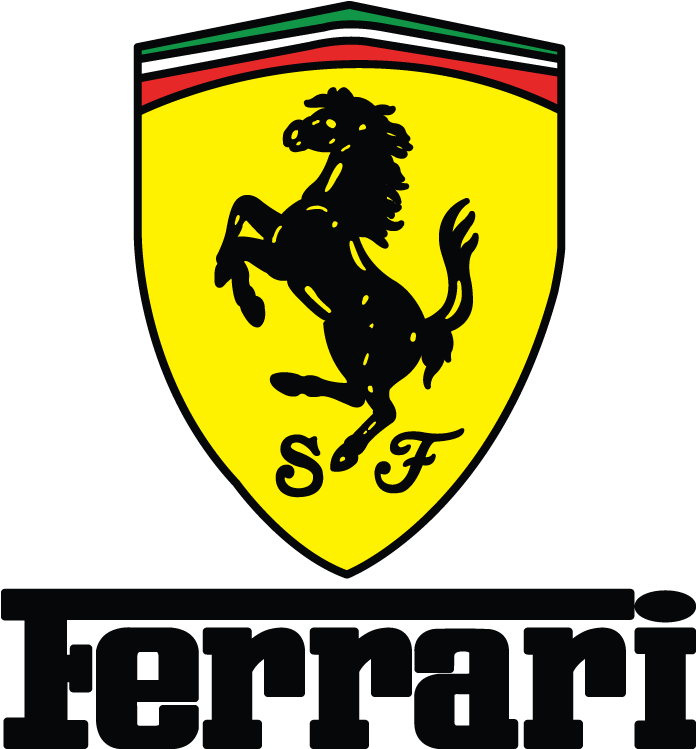Ferrari: Why This Growth Stock Could Hit The Skids
Ultra-luxury brand Ferrari (RACE) has seen its shares perform extraordinarily well since coming public a handful of years ago. The company continues to produce a very small number of vehicles annually, but they sell for very high prices, and generate world-beating margins in an industry where margins can be very thin.
Ferrari trades today with a market capitalization of $35 billion and generates just over $4 billion in annual revenue. Despite its relatively small revenue total, Ferrari remains a popular constituent in hedge fund portfolios due to its terrific price appreciation, including Perceptive Advisors.
This article will take a closer look at Ferrari, and whether the stock is an attractive buy right now.

Business Overview
Ferrari was founded in 1947 and has remained headquartered in Italy for the entirety of its existence. The company came public in 2015 after being spun off from former parent Fiat Chrysler (FCAU).
Today, it manufactures ultra-luxury supercars and limited edition hypercars for the world’s wealthiest consumers. Ferrari’s volume numbers are de minimis when it compares to the wider industry, producing only about 10,000 vehicles per year. The largest automakers, for reference, produce millions of vehicles annually. Ferrari’s US business makes up about a third of the total, with the bulk of the balance coming from other developed parts of the world.
Ferrari also has a lucrative merchandising business wherein it sells branded merchandise or licenses the Ferrari name and logo for others to use. Ferrari’s brand representation sets it apart from other automakers in this sense as the Ferrari name is a lifestyle brand, not just a carmaker.
Ferrari reported second quarter earnings on August 3rd, with revenue and earnings both showing sizable declines due to COVID-19 shutdowns. Revenue was down 39% year-over-year to $672 million, missing previously-lowered estimates. Declines were attributable to the suspension of production and delivery of vehicles, which have since been resumed.
Shipments fell by half to 1,389 units during the quarter, with both V8 and V12 models declining by more than 40% each. All of the company’s geographic regions showed year-over-year declines, including 53% in the Americas, 41% in EMEA, and 28% in Asia.
Adjusted EBITDA margin was off more than 10% to 21.9% of revenue, and earnings came in at just five cents per share, down a staggering 95% year-over-year. The company believes it can make up the production of about 500 of the 2,000 estimated units that it missed out on due to shutdowns. We now estimate earnings-per-share of $3.42 for this year after a tough second quarter.
Growth Prospects
Ferrari has never lacked growth, as earnings grew from $1.66 per share in 2015 to $4.08 last year. We see a decline in earnings for 2020, but it is entirely due to the pandemic, and not because of deteriorating fundamentals. Ferrari caters to the world’s wealthiest consumers, and it has proven it can thrive in just about any environment.
Ferrari is also introducing new products, apart from constantly refreshing its lineup of V8 and V12 supercars. It plans to introduce its first SUV model in the next year or so, following the lead of other luxury carmakers into that space. With its strong organic growth, and the introduction of an SUV, we expect Ferrari to average 7.5% annual growth in the coming years.
Valuation and Total Returns
We continue to be bullish on Ferrari’s future fundamentally, as it has proven to be a world-class operator in what is a cutthroat industry. However, we believe that growth – and possibly much more – is already priced into the stock.
Shares trade today at 56 times this year’s earnings, and while some of that relative overvaluation is due to temporarily depressed earnings, shares are nowhere near our fair value estimate of 25 times earnings. We therefore see a tough road ahead for the valuation, which could contribute negatively to total annual returns to the tune of 14%.
The yield is diminutive given the soaring valuation, so combined with estimated earnings growth of 7.5%, the valuation headwind should keep total returns in the area of -7% or so in the coming years.
Final Thoughts
While we like Ferrari’s dominant position in the ultra-luxury market, as well as its seemingly endless branding opportunities, we recognize that the stock has priced these in, and then some. While we think Ferrari will rebound swiftly from any weakness this year, we think total projected returns will remain negative until earnings catch up to the share price, or the share price moves lower to meet earnings. As a result of this, we continue to rate Ferrari a sell.
Disclosure: Sure Dividend is published as an information service. It includes opinions as to buying, selling and holding various stocks and other securities.
However, the publishers of Sure ...
more



Interesting, since I have not thought at all about the Ferrari group at all.
But certainly a drop in earnings that are still quite impressive does not come across as a tragedy. The demand for extreme luxury may have slowed a bit for a while, but I am certain that it will return.Not tomorrow and maybe not this year. But eventually.